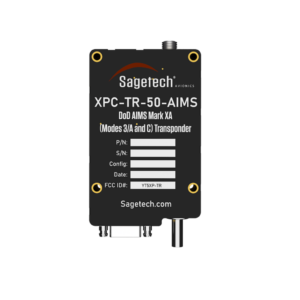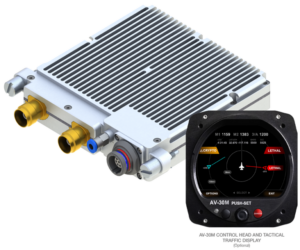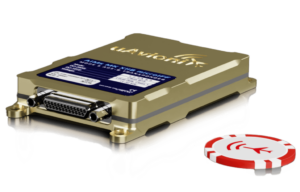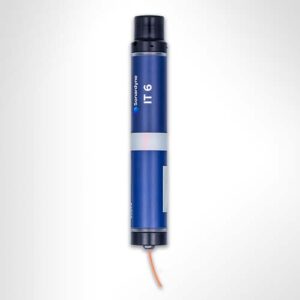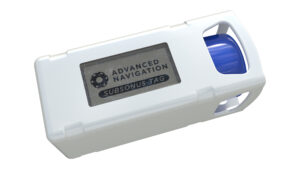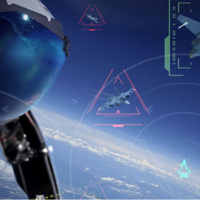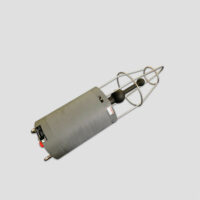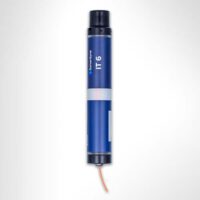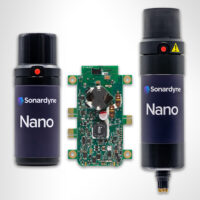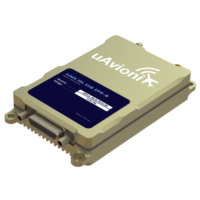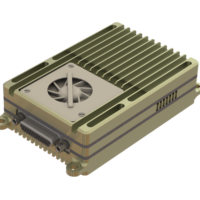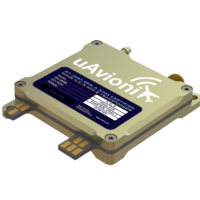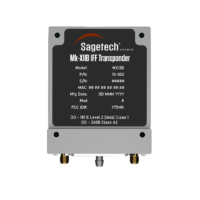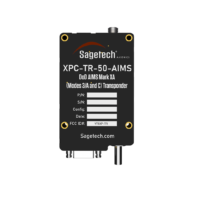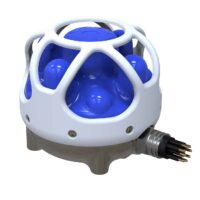Military transponders play a crucial role in relaying critical information about military land, sea and air vehicle identify and performance, such as position, speed, bearing, journey and altitude.
Military Transponders for Defense Applications
A transponder is a radio system transmitting identification information to a radio receiver. Radio transponders are commonly used in the civilian and military domains. In both they usually equip aircraft or ships and transmit information regarding those platforms. This data typically includes details of the platform’s identity, its performance such as speed, bearing and altitude, and its journey.
Military transponders can continually transmit this information on a specific frequency or set of frequencies. Alternatively, they will only transmit this information when the transponder receives a radio signal requesting this information. This incoming signal is known as an interrogation. In military applications, transponders play a key role in providing IFF (Identification Friend or Foe) information.
Military Aircraft Transponders
The advent of radio in the late 19th century and radar between the First and Second World Wars were both instrumental in the development of military transponder technology. During the latter conflict, belligerents needed a way to demonstrate that their aircraft were friendly when using the new technology of radar. A radar screen would display an aircraft as a target. However, the radar by itself had no way of determining whether the aircraft was friendly or hostile.
A solution was found by collocating a radio interrogator with the radar antenna. Both would transmit on different frequencies which would help avoid interference. The aircraft’s transponder would be tuned to the frequency of the interrogator. In the early days, upon receiving the interrogation, the aircraft’s transponder would send a simple reply. This reply would be overlaid onto the radar display letting the radar operator know the aircraft is friendly.
As the technology became more sophisticated the interrogator might transmit a particular coded signal to which the transponder would transmit a coded reply. These codes would change regularly making it difficult for the enemy to ascertain the correct coding. This was important as such information could be exploited to allow hostile aircraft to pose as friendly.
IFF Transponders
Identification Friend or Foe
Pioneering IFF work during the Second World War paved the way for contemporary IFF transponder technology. Around the world, civil aircraft routinely use transponders to share details of their identity and flight with air traffic controllers. Radars physically detecting and tracking aircraft are known as Primary Surveillance Radars (PSRs). Radio interrogators activating their transponders are called Secondary Surveillance Radars (SSRs). PSR and SSR information is fused on the controller’s screen which not only shows the aircraft, but also displays its identity and flight characteristics. PSRs and SSRs are routinely mounted on the same structure with the SSR usually positioned above the main PSR. This ensures both radars are looking in the same direction.
AIS Transponders
Automatic Identification System
Transponders are no longer restricted to aircraft. For example, the Automatic Identification System (AIS) is mandated by the International Maritime Organisation for all vessels displacing over 300 tonnes. AIS transponders take details from a vessel’s Global Navigation Satellite Signal (GNSS) receivers. The GNSS information is combined with details of a vessel’s identity and voyage and transmitted by the ship as a radio signal. This signal is detected by AIS receivers equipping maritime radars and overlaid onto the ships’ position. The ship will also transmit this information using satellite communications. This ensures that the position of the vessel can be determined wherever it is, even outside radar range.
ADS-B Transponders
Automatic Dependent Surveillance Broadcast
In the air domain, a similar technology is proliferating known as ADS-B (Automatic Dependent Surveillance Broadcast). ADS-B transponders also use an aircraft’s GNSS information. This allows it to be located and tracked even outside radar detection range.





